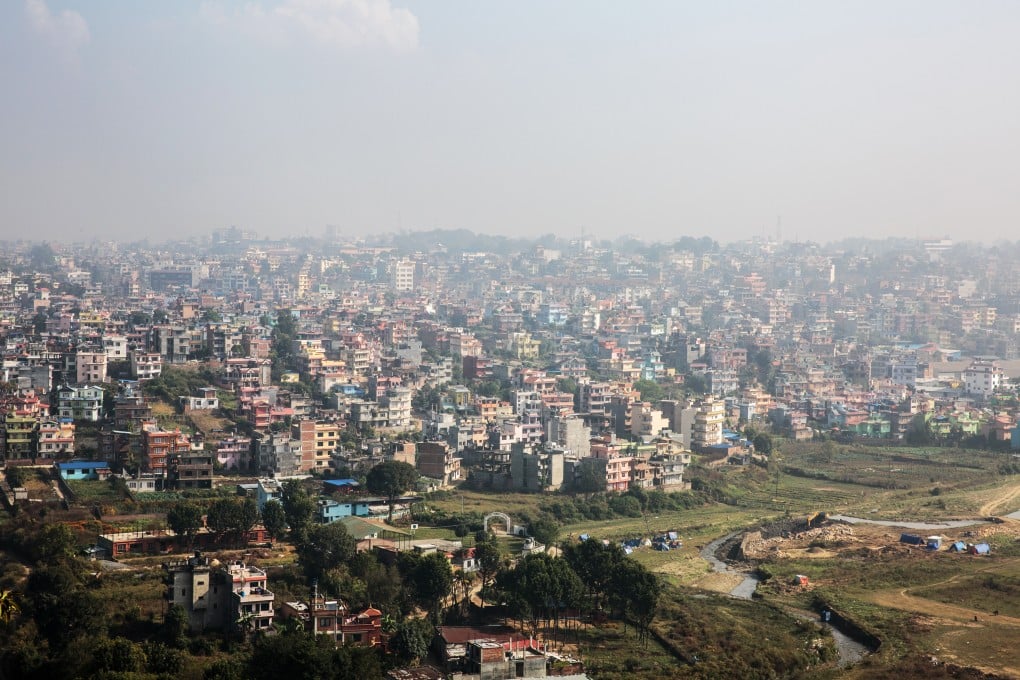China and Nepal’s rail line must traverse mountains, geopolitical tensions and enormous costs to get off the ground
- The railway between Tibet autonomous region and Nepal’s capital city Kathmandu has been described as technically one of the most difficult undertakings anywhere
- Geopolitical tension between India and China, a multibillion dollar price tag and terrain spanning some of the highest mountains in the world are some of the challenges

An ambitious multibillion dollar rail link between China and Nepal must address daunting technical challenges and questions over economic feasibility before construction can finally get under way, experts say.
Once built, the railway would run from Gyirong county in China’s Tibet autonomous region to Nepal’s capital city Kathmandu, with some speculating it could also be extended to the tourist hub of Pokhara and southern city of Lumbini, near the Indian border.
President Xi Jinping said in 2019 the project would transform Nepal “from a landlocked country to land-linked country”.
Technically, it will be one of the most arduous and difficult train line construction undertakings anywhere in the world
“Technically, it will be one of the most arduous and difficult train line construction undertakings anywhere in the world,” said Nishchal Nath Pandey, director at the Centre of South Asian Studies, a think-tank in Kathmandu. “The highest peaks of the world are in the vicinity.”
